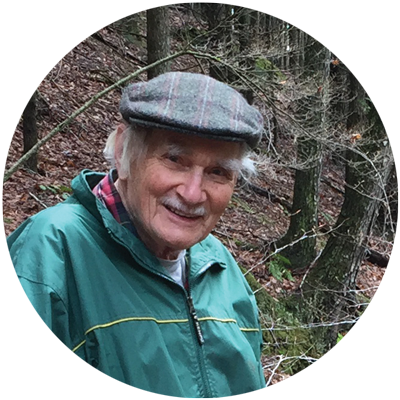Home >
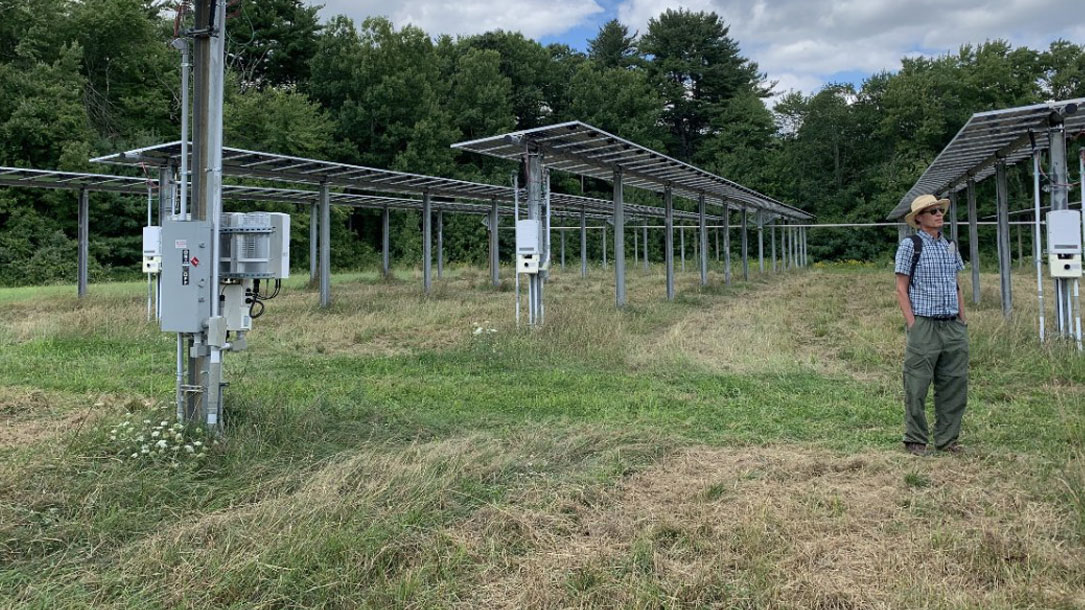
Solar, haying, and owning the solar array
Converting arable land to energy production undermines the future of farming. But innovators like Nate know it doesn’t have to be one or the other – if done right, solar can be leveraged to support farmers, rather than threaten them.
Seeing the Massachusetts SMART program as an opportunity for revenue diversification and farmland preservation, Nate pioneered a plan to own both the solar system and the land underneath. Million Little Sunbeams does not involve a lease to a solar developer but instead was designed to allow the Tassinari family to sell the excess energy to the surrounding community — a win for the family farm that has allowed it to stay in operation…

As Congress funds high-tech climate solutions, it also bets on a low-tech one: nature
[B]eyond those headline-making investments, the legislation acknowledges a less-heralded but essential part of the effort to combat climate change: nature. Or, more precisely, that given a chance, nature can be a profound ally in the fight against climate change…
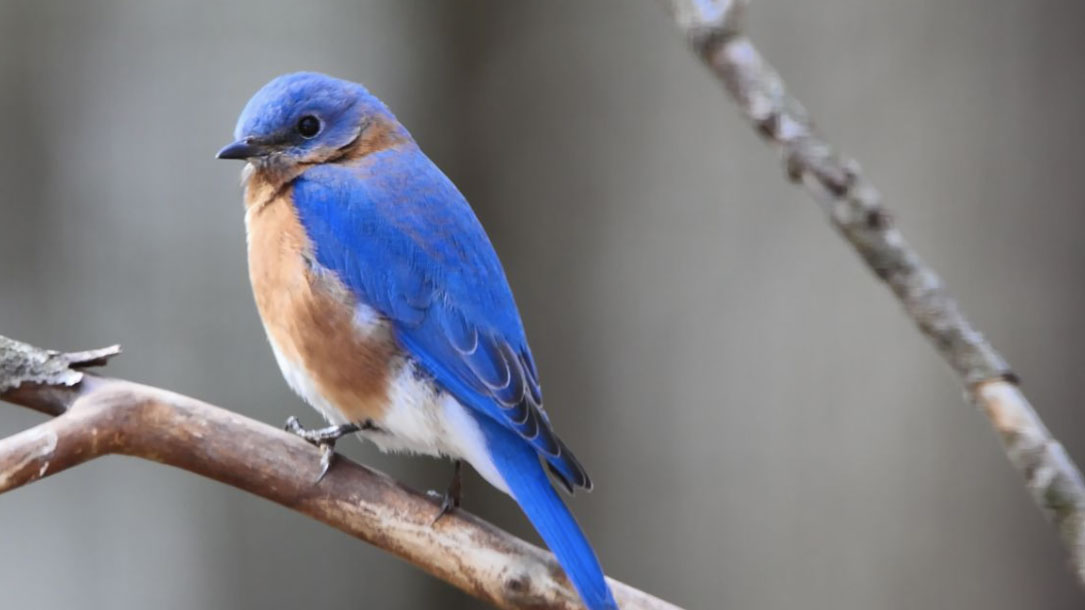
Next Generation Weather Radar (NEXRAD)
Scientists analyzed 23 years of bird migration data collected via NOAA’s Next Generation Radar system — a network of 143 radar stations across the continental U.S. — to determine the variability in the birds’ arrival times each spring.
The Next Generation Weather Radar (NEXRAD) system is a network of 160 high-resolution S-band Doppler weather radars jointly operated by the National Weather Service (NWS), the Federal Aviation Administration (FAA), and the U.S. Air Force. The NEXRAD system detects precipitation and wind, and its data can be processed to map precipitation patterns and movement. NCEI provides access to archived NEXRAD Level-II data and Level-III products.
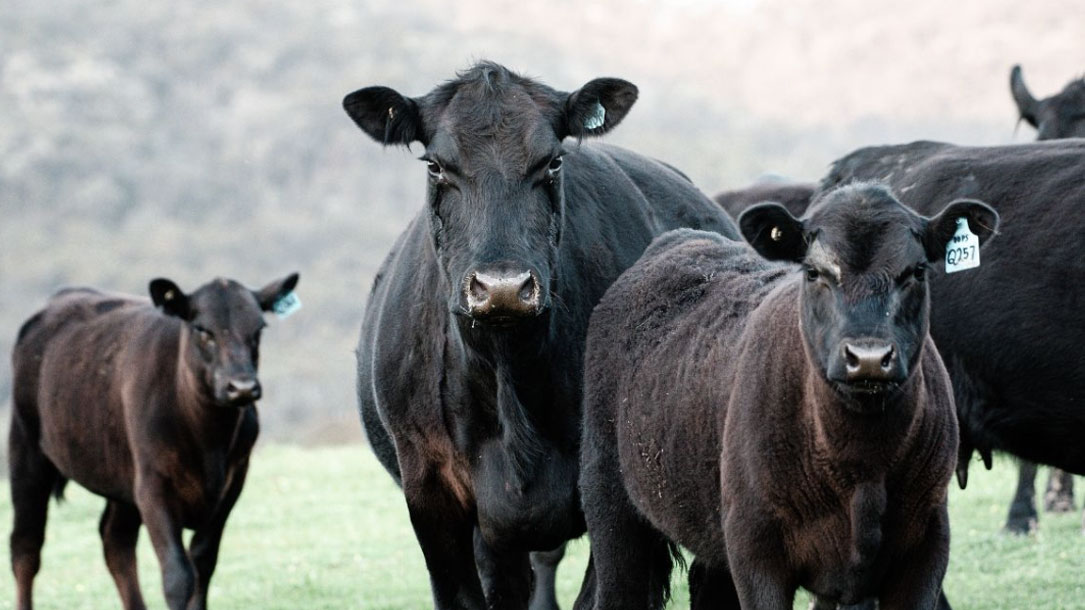
Regenerative grazing to mitigate climate change
Working with numerous partner organizations, team members from the four major Triangle research universities (Duke, NC Central, NC State, UNC) developed healthy soils policy recommendations for North Carolina, as well as tools to help producers and policy-makers understand the potential of grazing…

Spanish vineyards use solar panels to protect wine grapes
While combining solar energy and agricultural land is not new, one component that makes the Winesolar project stand out is that it will have a tracking system, with trackers from PVH, that uses artificial intelligence (AI) to determine the most efficient solar panel positioning over the vines at any time, according to Iberdrola. Techedge, an IT firm, will help the solar panel project further the wineries’ agricultural goals.
Sensors in the vineyards will record data including soil humidity, wind conditions, solar radiation, and even vine thickness to find the optimal position for the solar panels, giving the vines a fighting chance against the effects of climate change…
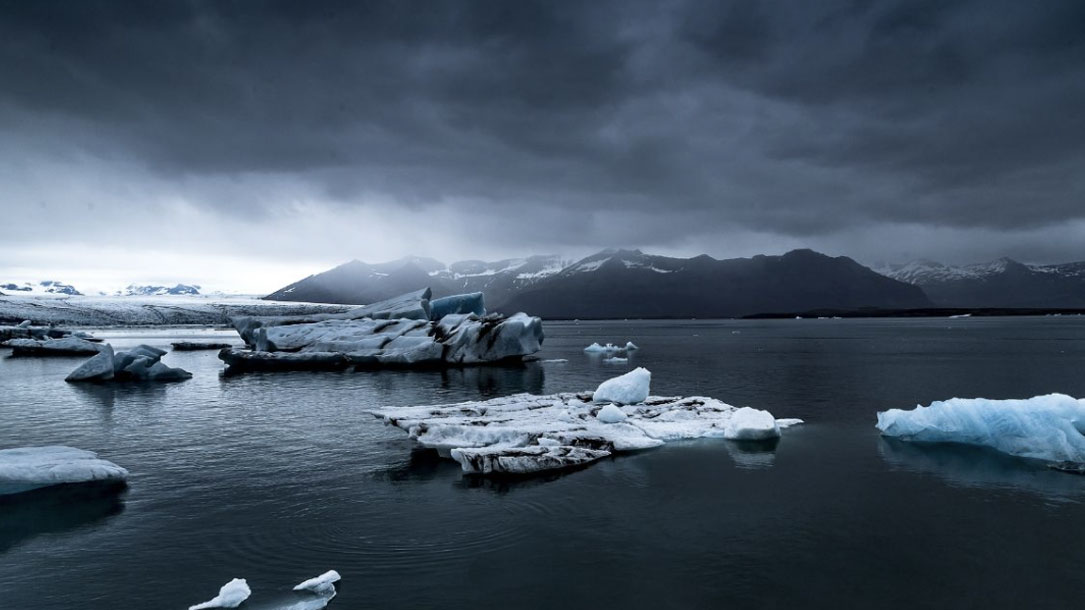
Climate change drives rapid decadal acidification in the Arctic Ocean from 1994 to 2020
The Arctic is warming at a rate faster than any comparable region on Earth, with a consequently rapid loss of sea ice there. Qi et al. found that this sea ice loss is causing more uptake of atmospheric carbon dioxide by surface water and driving rapid acidification of the western Arctic Ocean, at a rate three to four times higher than that of the other ocean basins. They attribute this finding to melt-driven addition of freshwater and the resulting changes in seawater chemistry.
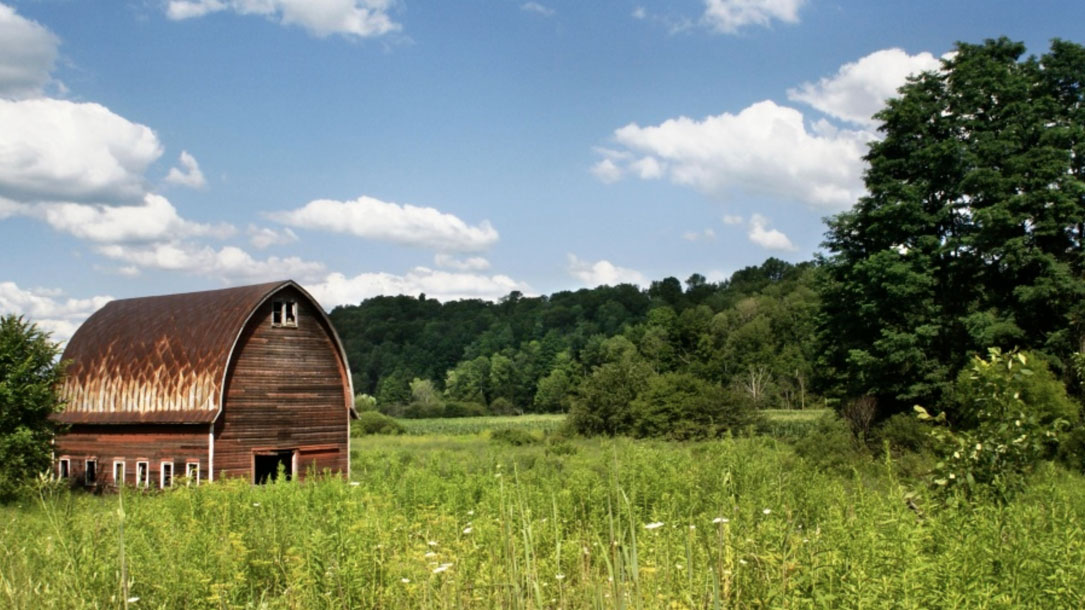
How the Inflation Reduction Act helps rural communities
The Inflation Reduction Act recognizes the critical role that America’s farmers, ranchers, and forest landowners play in addressing the climate crisis. The law will:
- Invest in helping farmers, ranchers, and forest landowners deploy climate-smart practices that will reduce greenhouse gas emissions, increase storage of carbon in soils and trees, and make their operations more productive.
- Support innovative, cost-effective ways to measure and verify climate benefits, including through USDA’s Environmental Quality Incentives Program, Conservation Stewardship Program, Agricultural Conservation Easement Program, Regional Conservation Partnership Program, and Conservation Technical Assistance.
- Help up to 280,000 farmers and ranchers apply conservation to approximately 125 million acres of land.
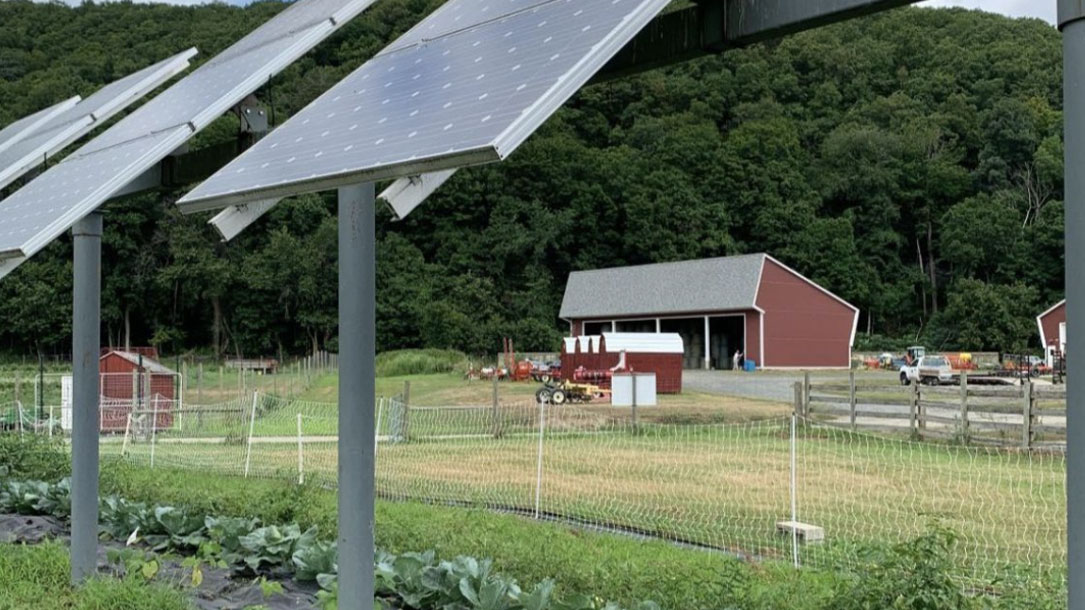
Farmland preservationists, solar developers to build green energy arrays
An estimated 750,000 acres of farmland in the U.S. is lost each year and “solar development if done right could potentially help” save some of that farmland, said John Piotti, president and CEO of American Farmland Trust, a nonprofit organization that works to keep farmland in production.
Earlier this week, Piotti said during a webcast meeting that his group would work with two private firms, Edelen Renewables and Arcadia Solar to develop “agrivoltaic” community solar farms in a number of states including New York…
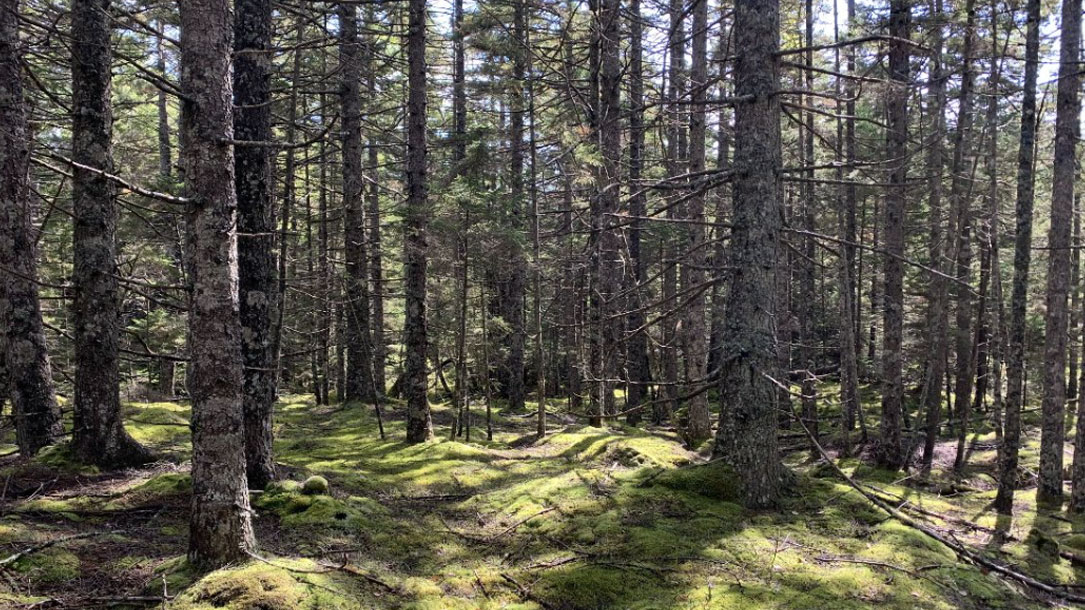
Carbon program
Downeast Lakes Land Trust began evaluating its potential to participate in the carbon market in 2009, and entered a partnership with Finite Carbon in 2010. Finite Carbon Corporation is a forest carbon development company that partners with landowners to create and monetize carbon offsets.
On July 2, 2010, Downeast Lakes Land Trust listed the 19,118-acre project with the Climate Action Reserve (CAR) as an improved forest management project. Improved forest management projects maintain or increase forest carbon stocks above the level expected under typical commercial forest management…

Solar workshop series
While this workshop is over, you can get a sense of what they are helping to amplify. The following is from their announcement:
Solar workshop series comes to southern Maryland: If you’re interested in using solar electricity to power your home, farm, or business, then please join an upcoming session of the University of Maryland’s “Solar Workshop Series.”



